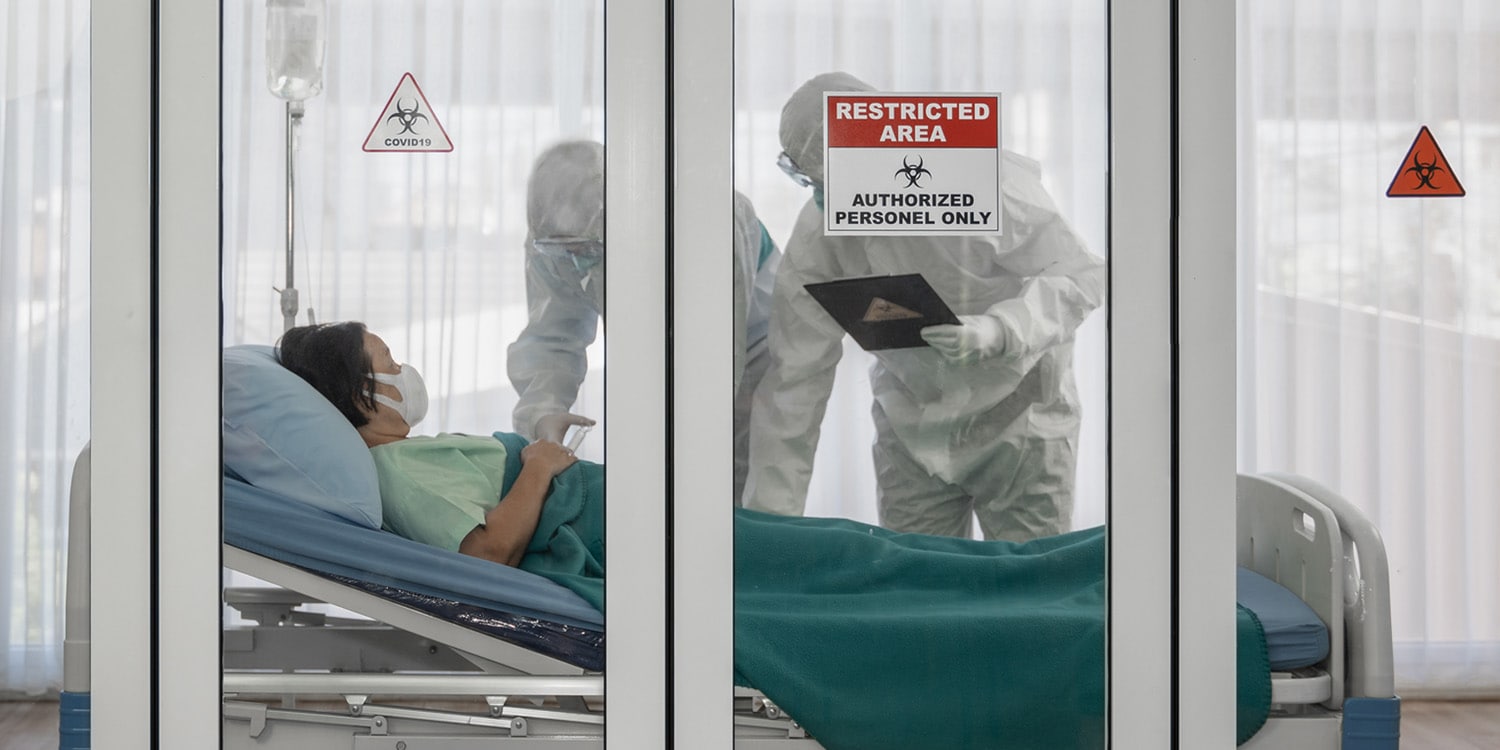
During the COVID-19 pandemic, the scarcity of intensive care units (ICUs) led to ethically challenging decisions where doctors had to prioritize patients for treatment, based on guidelines that largely favored utilitarian principles of saving those with the best prognosis. Ethical guidelines suggest random allocation of resources when no significant differences between patients exist. However, both the public’s and professionals’ decisions often deviate from these guidelines, influenced by patient characteristics, such as age, health status, perceived responsibility for one’s health condition, and societal contributions.
This discrepancy between the endorsement of non-discriminatory policies and the actual decision-making process in concrete cases highlights a complicated link between explicit judgments and implicit biases, suggesting that discrimination may not only be overt but also covert, facilitated by seemingly fair practices like random allocation. A new study published in Scientific Reports takes a closer look at this possibility.
People’s decisions do not always align with moral reasoning norms, often deviating from utilitarian and egalitarian principles due to biases towards certain groups of patients. These biases are evident in preferences for younger, healthier individuals, or those perceived as more socially valuable, and extend to in-group favoritism, affecting decisions in sacrificial dilemmas and allocation of scarce medical resources.
This research explores how these biases manifest in triage decisions, particularly through the strategic use of random allocation to covertly favor certain patients over others, thereby violating impartiality principles. By examining both overt and covert discrimination in the allocation of ICU resources during a pandemic, researchers Nico Gradwohl and colleagues examine the moral landscape navigated when making life-and-death decisions under conditions of scarcity.
The study included 2,296 individuals recruited from Amazon’s Mechanical Turk (39.1% female, average age 37.2 years). Data collection occurred at six intervals between March and September 2020, during U.S. working hours to minimize biases related to time of day or week.
Participants were asked to make hypothetical decisions on allocating a single available ventilator to one of two patients in a viral epidemic scenario, with the option to use a randomization device for allocation. Each patient pair differed by one focal feature without affecting survival probability, allowing the study to explore how these features influenced allocation decisions. The study included both a withholding condition, where no prior allocation was made, and a withdrawal condition at two timepoints, where the ventilator had been pre-allocated. Participants provided additional data on personal beliefs, health, and demographic information to evaluate potential in-group effects.
Gradwohl and colleagues found an inclination towards overt discrimination in the allocation of scarce medical resources. Participants were presented with pairs of patients differing in a single, focal feature—health and longevity, ethical behavior, family and caretaking roles, or demographics—and asked to decide whom to prioritize for life-saving treatment. Individuals tended to favor patients based on perceived health status, ethical conduct, family responsibilities, and societal roles, demonstrating a preference for those deemed more ‘deserving’ of care.
Health and longevity emerged as significant factors, with participants showing a marked preference for younger, healthier individuals. This bias was particularly pronounced when comparing features perceived as controllable, such as lifestyle choices leading to excess weight or excessive alcohol consumption, against uncontrollable conditions like hereditary diseases.
Ethical behavior also influenced decisions, with a preference for patients who engaged in socially beneficial acts, such as organ donation or vaccination, over those with negative behaviors like tax evasion. Similarly, patients with family ties or in caretaking roles were favored over those without.
Demographic features, including sex, ethnicity, and occupation, subtly influenced decisions, albeit less consistently than health-related or ethical behaviors. Notably, healthcare professionals and police officers were prioritized over other professions, reflecting a possible recognition of their roles in pandemic response and societal stability.
The researchers found minimal evidence of covert discrimination; participants did not exploit the option of random allocation to indirectly favor certain patients over others. This suggests a straightforward application of biases rather than an attempt to mask them under the guise of impartiality.
A limitation of the study is the potential influence of experimenter demand characteristics or a general aversion to randomness on participants’ allocation decisions. Such factors might have amplified the observed degree of discrimination, or affected the likelihood of choosing random allocation as a supposedly impartial decision-making strategy.
Overall, these findings underscore the complexity of moral reasoning in triage situations, revealing a gap between ethical guidelines advocating for impartiality and the intuitive biases guiding laypeople’s decisions in scenarios of medical resource scarcity.
The study, “Explicit discrimination and ingroup favoritism, but no implicit biases in hypothetical triage decisions during COVID‑19”, was authored by NicoGradwohl, Hansjörg Neth, Helge Giese, and Wolfgang Gaissmaier.










